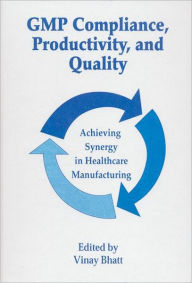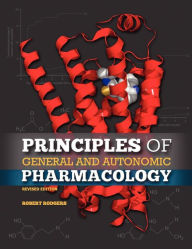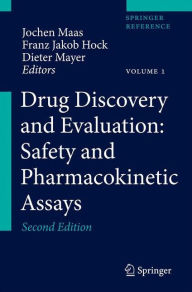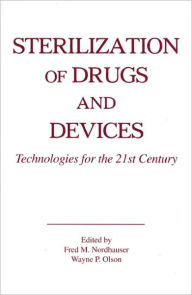Pharmacology of Central Synapses
by Divine Charura
2020-06-19 23:24:14
Pharmacology of Central Synapses
by Divine Charura
2020-06-19 23:24:14
Pharmacology of Central Synapses deals with the pharmacology of the central nervous system and the mode of action of neurotropic drugs based on their influence on synaptic transmission. The neuronal structure of the nervous system, the structure of t...
Read more
Pharmacology of Central Synapses deals with the pharmacology of the central nervous system and the mode of action of neurotropic drugs based on their influence on synaptic transmission. The neuronal structure of the nervous system, the structure of the synapses, and the phenomena of electrochemical transmission are discussed in this context. The main propositions of the synaptic theory of the action of neurotropic drugs, based on morphological, physiological, and biochemical findings, form the conceptual basis of this book. Comprised of eight chapters, this book examines the effect of neurotropic drugs on the synaptic transmission in reflex, projection, and association (commissural) tracts. The specific effects of various narcotics, neuroleptics, tranquillizers, analgesics, antidepressants, and stimulants on synaptic transmission in various structures of the central nervous system and at its different levels are described. This text also considers the differences in the sensitivity to such drugs of various synapses and their influence on the selectivity of drug action. This book explains the influence of neurotropic drugs on such aspects of nervous activity as impulse summation, after-discharge and functional lability, central inhibition, and the neurochemical mechanisms, particularly those involving monoaminergic, cholinergic, serotoninergic, and GABA-ergic components of synaptic transmission. The final chapter focuses on the effect of psychotropic drugs on behavior. This book will be helpful to scientists representing all the major areas of pharmacology, including clinical pharmacology and toxicology, as well as to internists, psychiatrists, neurologists, and anesthesiologists.
Less





























